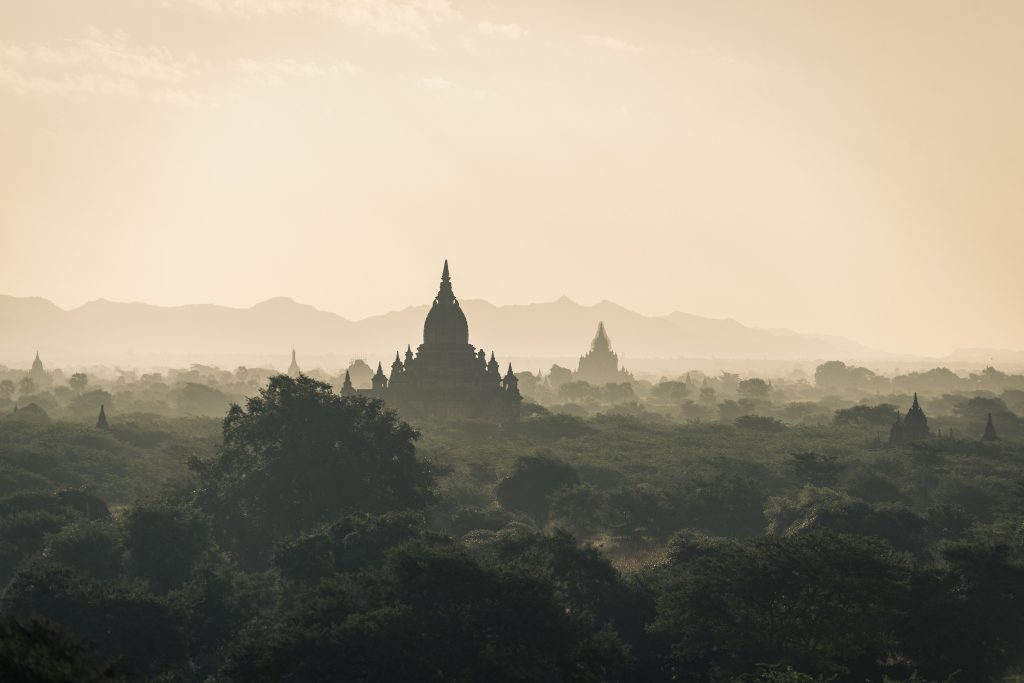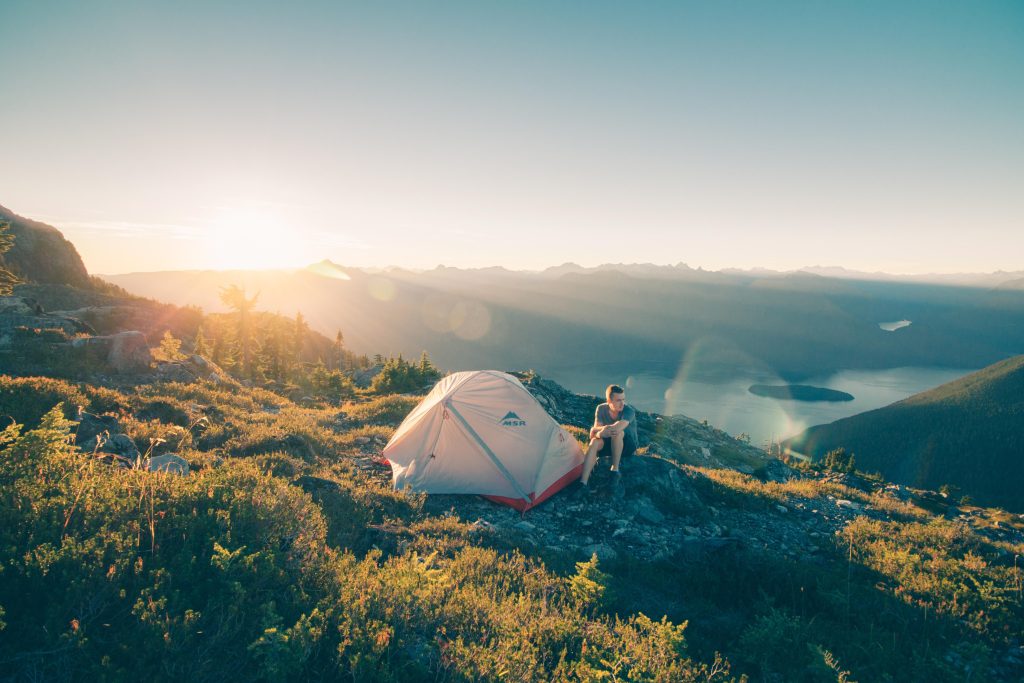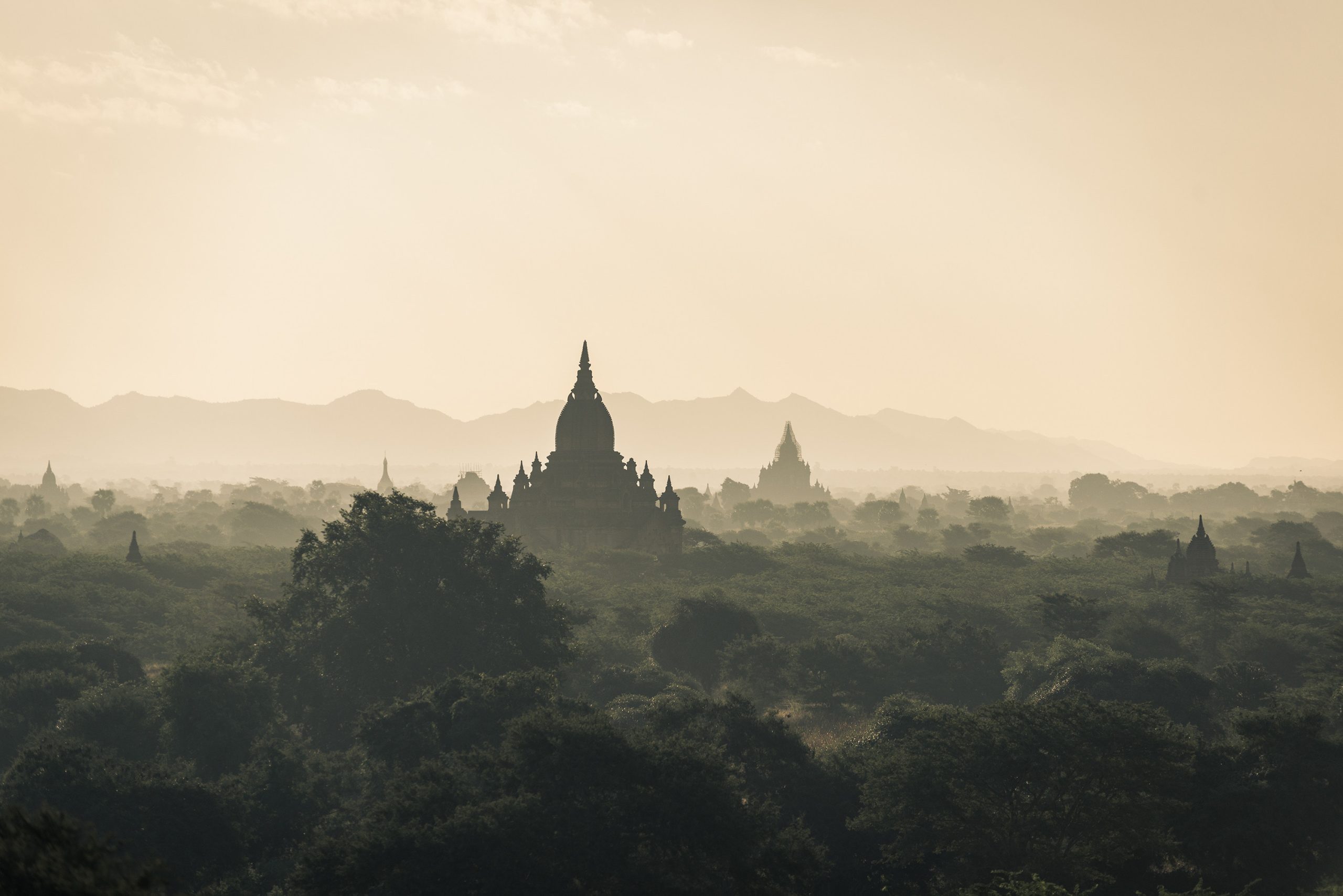We’re excited to share some tips that can elevate the quality of your landscape photos.
- Explore the best times to visit different landscape destinations.

Your choice of photography timing can profoundly impact the outcome of your images.You might want to photograph the beach during sunset to get beautiful silhouettes. You might want to photograph the misty hills at dawn, when the sun is still rising.
Research the best times to photograph each destination when planning your trip. Golden hour, the blue hour and early morning all affect your photographs differently. Plan your trip based on how you envision your photographs to appear.
2. Focus one third of the frame up to get sharp pictures
It is an undiscovered tip, but it can be extremely useful. Manual focus is best, as well as focusing on an object 1/3 the way in the frame and using a small aperture.
To get better images, avoid using the lowest aperture (f/22), and instead use 2-3 stops above the lowest.
3. Add dimension to your photos by using layers

The beauty of the natural world can be difficult to capture on camera. It’s easy to make the mountains look small and vast oceans appear short.
- Background: The farthest subject (and often the largest in size) of the image – for instance, a mountain.
- Middle ground: It’s not necessary to have a middle ground, but a medium distance object like trees or a pond, or even a river can work.
- Front: subject nearest to you. You can use a person or a rock. It is important to add a sense scale in the foreground.
4. Discover the various places at this location
Most photographers never explore beyond the initial 2-3 locations they discover, which means they miss out on many great opportunities. Try to walk around and see the area from various angles and spots. Try the “ant” view or finding a high spot for a bird’s eye perspective. Take pictures that no one else has ever seen before.
5. Your subject can be creative
Add a twist to the landscapes you take to spice them up. You can use the water to reflect the scene, experiment with a slow shutter speed and a tripod to produce a flowing river or you can create patterns using the clouds. You can add a wow-factor to your pictures with a little creativity. You can get some great ideas for photos from the Wildlife Diaries.
